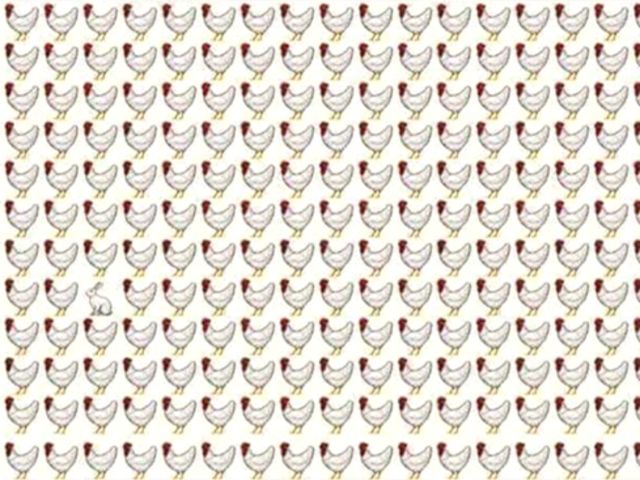
"I was impressed that the authors were able to identify a single gene mutation," says Jeremy Dasen, a neuroscientist at New York University. These interneurons are inhibitory-they stop nerve cells from firing-and when they are missing, the rabbits flex certain muscles too much, lifting their hind legs more than they should. Developmental studies showed that the result of two defective RORB genes is those interneurons are completely missing, and in rabbits with one copy there are 25% fewer of them. This protein is a transcription factor, meaning it controls the activity of many other genes. In these rabbits, the mutation causes aberrant versions-or sometimes none at all-of the RORB protein to be produced in a specific group of interneurons, the team reports today in PLOS Genetics. Working with UU developmental biologist Klas Kullander, they tracked down where and when this gene was active. Then the researchers compared DNA from affected and unaffected rabbits and pinned down one mutation in a gene called RORB. They mated jumper rabbits with another breed to create first- and second-generation animals with either the normal or hand-standing walk. Geneticists Leif Andersson from Uppsala University (UU) and Miguel Carneiro from the University of Porto decided to try to track down the DNA behind the animal's strange gait after sequencing a rabbit genome in 2014. That's where the sauteur, or jumper rabbit comes in. "The exact nature and function of relevant interneurons have been hard to pin down," says Abdel El Manira, a neuroscientist at the Karolinska Institute (KI). Then will come the hard work of figuring out what those neurons do. Several teams have been working to define classes of interneurons, often categorized by what genes are active in them. Researchers know nerve cells called interneurons, which relay sensory information from the rest of the body to the motor neurons that control muscles, play key roles. But just how has been unclear, says Sónia Paixão, a neuroscientist at the Max Planck Institute of Neurobiology. And the body has to be able to switch from, say, walking to running, or going forward to sideways, in an instant should the senses detect danger or obstacles.Ī set of nerve cells in the spinal cord called the central pattern generator-not the brain-makes most of these decisions. Muscles need to contract just the right amount to bend, straighten, lift, and twist the legs appropriately. Left, right, front, and back limbs must move at the right times. The study's results are "both surprising and exciting."

The work could help scientists treat human motor deficits like Charcot-Marie-Tooth Disease, a nervous system disease characterized by muscle weakness, says Stephanie Koch, a neuroscientist at University College London who was not involved with any of the studies but has seen similar odd gaits in mice.

Together, the studies provide an emerging picture that may help explain how all vertebrates, including humans, move around. The gene involved holds clues to how the spinal cord enables walking, hopping, and even hand-standing-a finding that dovetails with other work over the past decade on mice and horses. Now, scientists have pinned down the genetic mutation that likely causes this breed to have this strange form of locomotion. Sometimes, when walking or running, the sauteur d'Alfort rabbit would lift its back legs over its head, scrambling along the ground on its forelimbs like a circus performer (see video, above). In 1935, French veterinarians observed a rabbit with a peculiar gait.


 0 kommentar(er)
0 kommentar(er)
